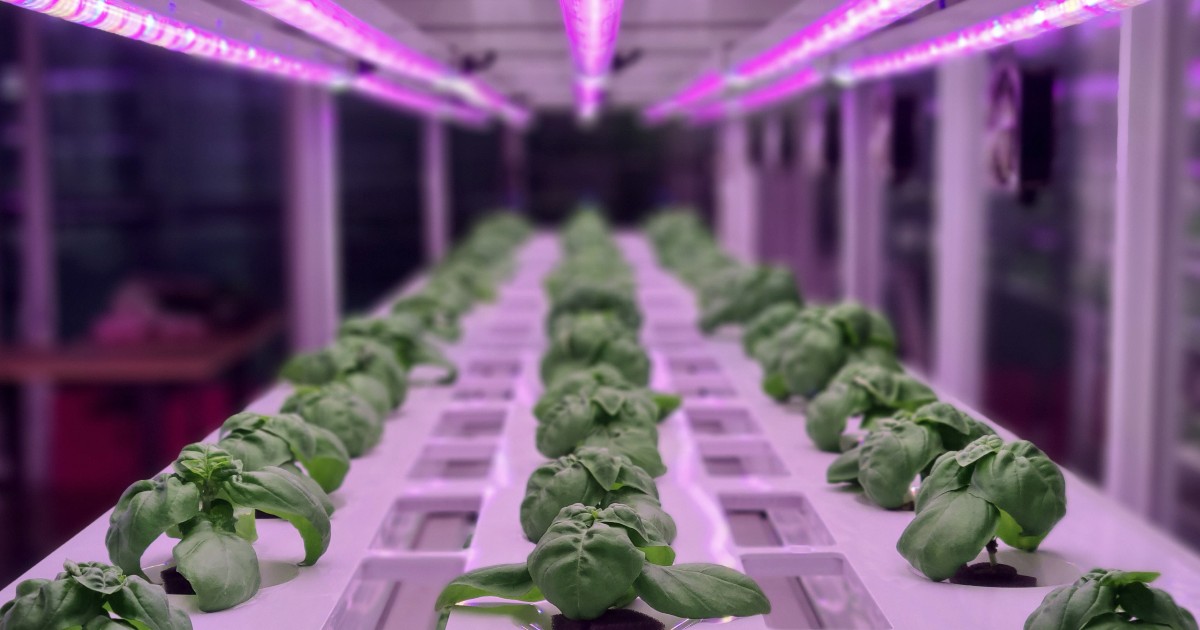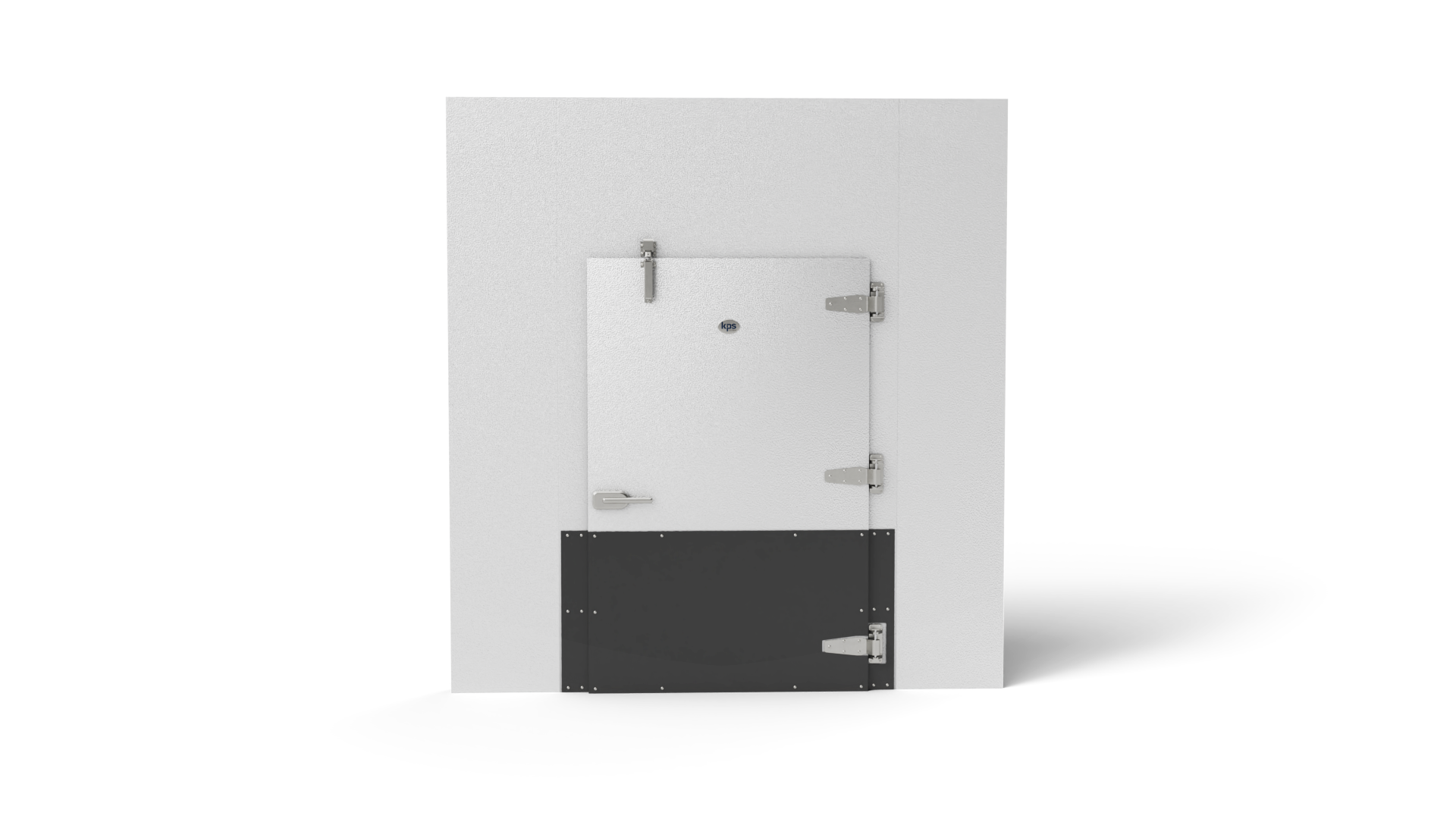Vertical farming is an increasingly popular alternative to traditional farming. Using vertical farming techniques, plants are grown upward in a controlled environment, typically in a warehouse-type manner. The method was introduced as a sustainable solution to traditional farming as vertical farms use fewer resources, produce a higher yield, are climate controlled, and can be placed anywhere. This blog provides key considerations and recommendations for designing a successful vertical farm.
Consider Building From Scratch
When deciding between refurbishing an old space or creating a completely new structure, the cost can be drastically different. Opting for a new design might actually be cheaper than converting an existing site into a vertical farm. An optimal vertical form must have the proper requirements: insulation, air circulation, air filtration, HVAC system, etc., to function properly. It is easier to design for these conditions rather than work around already established facilities that may not have the optimal conditions. Although it may seem like a higher-cost project, designing from scratch can be more cost-effective than having to completely adapt and redesign an existing property.
Find The Right Location
The effectiveness of a vertical farm can directly be attributed to the location of the farm itself. Although it may seem like the ideal location should be in the middle of a city, this can be counterproductive. Most distribution centers are located outside of cities in more rural areas. Designing a vertical farm close to a distribution center is a more ideal option than inside a large city. These areas will most likely have lower costs and be more cost-effective due to the reduced transportation distance.
Use Energy Efficient Sources
Vertical farming requires an enormous amount of power to function, which can be very expensive, so finding ways to reduce energy consumption can be a challenge. One way to reduce energy usage is to opt for LED lighting as a power source. LED lighting has a longer lifecycle and a higher voltage than traditional lighting and can help combat energy usage. Additionally, combining alternative energy sources, such as microgrids or solar power, can also help reduce energy usage.
Choose Your Crops Wisely
An important consideration when designing a vertical farm is crop selection. Different crops require different resources and inputs and have various growth cycles. For the most efficient vertical farm (fewer inputs and large yields), opt for crops with lower growth cycles, like lettuce or similar produce. When choosing the crops to grow, also consider the location of the vertical farm itself. Research what customers in the area consider high value but cannot be grown locally on a traditional farm. Aim to choose high-value crops that are not easily grown in that region. Part of the purpose of a vertical farm is to bring fresh produce to areas where it cannot be traditionally grown, so crop selection is key to the effectiveness and success of the vertical farm.
Find The Right Panel Manufacturer
The key to an effective and efficient vertical farm has the correct controlled environment. When designing a vertical farm, it is extremely important to have a high-quality panel manufacturer to ensure that optimal growing requirements are consistently met. KPS Global is an industry leader in manufacturing insulated panel solutions for controlled environments, including vertical farms. KPS Global’s in-house design and engineers are masters at creating innovative controlled environments, even with those with the most difficult requirements. For vertical farms, KPS Global provides high-quality panels with varying thicknesses that can easily control humidity and temperature requirements due to our superior R-value. The key to a successful vertical farm is the ability to sustain and grow high yields, which would not be possible without the right panel manufacturer.
For more information on our panel solutions for vertical farming, visit our website or contact us to get started on a vertical farm today.



